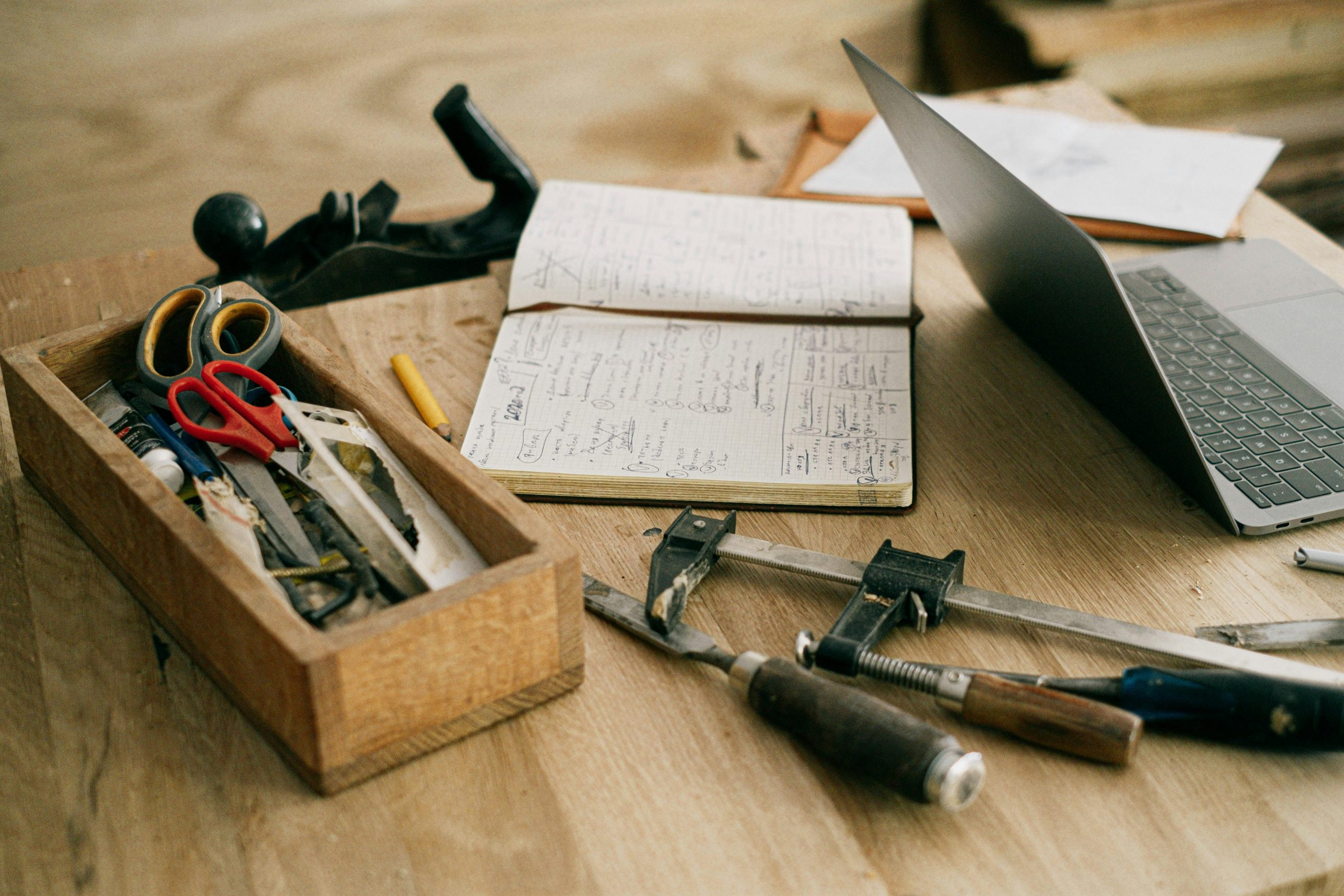The art of shopping for vintage furniture like a professional
The appeal of vintage furniture is undeniable. There is a certain charm and character that comes with owning a piece of furniture that has stood the test of time. Whether you are a seasoned interior designer or a regular homeowner looking to add some retro flair to your living space, shopping for vintage furniture can be a daunting task. With so many unique pieces and styles to choose from, it’s easy to feel overwhelmed. But fear not, because in this article, we will reveal the secrets of shopping for vintage furniture like a professional.
What is vintage furniture?
Before diving into the art of shopping for vintage furniture, let’s first define what it is. Vintage furniture refers to furniture that was made at least 20 years ago, but not more than 100 years ago. Anything older than 100 years is considered antique. Vintage furniture can range from mid-century modern designs to Victorian pieces, and everything in between.
Do your research
The first step to shopping for vintage furniture like a pro is to do your research. This means educating yourself on different styles, time periods, and manufacturers. A good place to start is by browsing through design magazines and websites to get a sense of the different styles and designs. You can also visit antique shops, thrift stores, and flea markets to see firsthand the different types of vintage furniture available.
Know your budget
Shopping for vintage furniture can be pricey, so it’s important to have a budget in mind. Determine how much you are willing to spend on a piece and stick to it. Keep in mind that the rarer or more sought-after a piece is, the higher the price will be. It’s always a good idea to do some price comparisons before making a purchase.
Inspect the piece
When shopping for vintage furniture, it’s essential to thoroughly inspect the piece for any damage or signs of wear and tear. Look for things like cracks, chips, and stains. Check the joints and make sure they are sturdy. Keep in mind that minor imperfections are to be expected in vintage furniture, but major damage can significantly affect the value and functionality of a piece.
Don’t be afraid to negotiate
Unlike new furniture, the price of vintage furniture is not set in stone. It’s always worth trying to negotiate a lower price, especially if you notice any flaws in the piece. The worst that can happen is the seller says no, but you may end up saving some money in the process.
Consider the authenticity
With the increasing demand for vintage furniture, there has been a rise in the production of reproduction pieces. These are new furniture designed to look like vintage pieces. If authenticity is important to you, make sure to ask the seller about the history of the piece and its authenticity. Look for any stamps or labels that indicate the manufacturer or time period.
Think outside the box
When it comes to vintage furniture, don’t limit yourself to the traditional pieces. Think outside the box and look for unique and one-of-a-kind pieces. This could be anything from a vintage suitcase turned into a coffee table to a repurposed industrial cart as a TV stand. These pieces not only add character to your space but also make for great conversation starters.
Be patient
Shopping for vintage furniture takes time and patience. It’s unlikely that you will find the perfect piece on your first trip. Don’t be discouraged if you don’t find what you’re looking for right away. Keep checking back at different shops and markets, and you might just stumble upon the vintage piece of your dreams.
Final thoughts
Shopping for vintage furniture is an art that requires a combination of knowledge, patience, and a keen eye. By following these tips, you’ll be well on your way to becoming a pro at finding the perfect vintage piece for your home. Remember to do your research, inspect the piece, and be patient. Vintage furniture is not only functional but also adds character and charm to any space. So go out there and start shopping like a professional!










